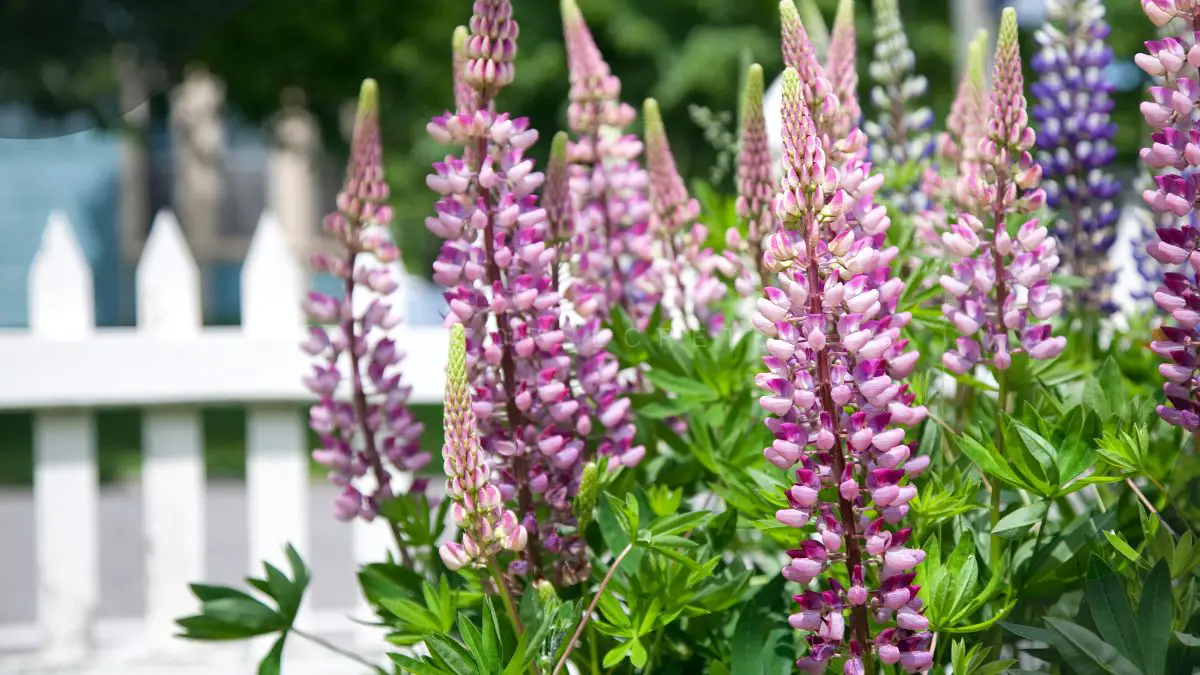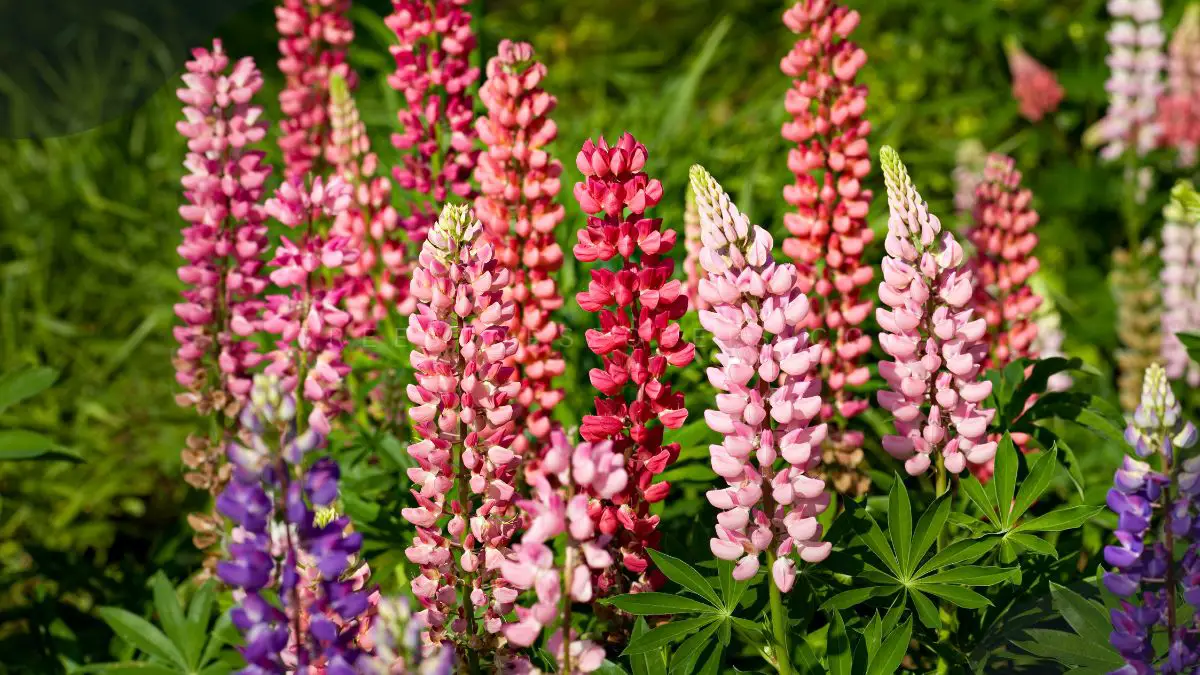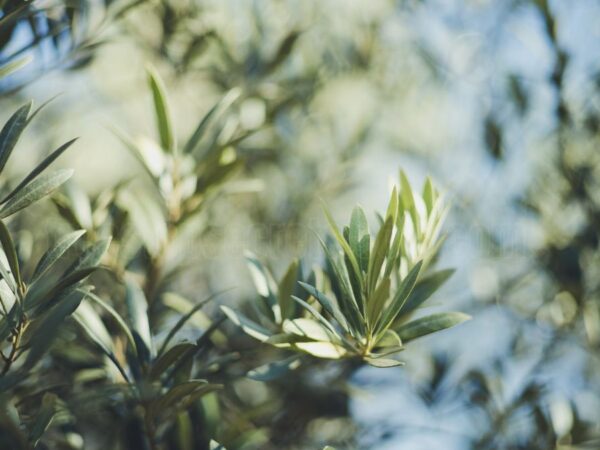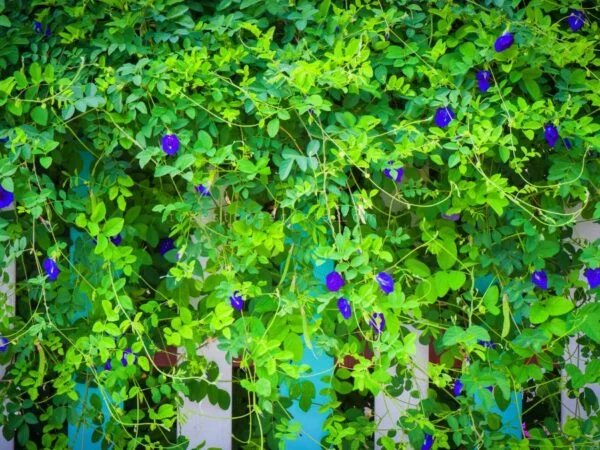Exploring Lupine Flowers
Diversity of Lupine Flowers
Lupine Flower Perennials, known for their vibrant displays and varied forms, offer a captivating addition to any garden. These plants range widely in size, shape, and color. Border lupines, typically perennials, die down in winter and re-sprout in spring. In contrast, tree lupines are evergreen shrubs that can grow up to 2 meters (6⅔ feet) tall and wide, usually showcasing yellow flowers.
Lupines can be classified into several types, from small alpine species and dwarf forms to taller varieties like the Band of Nobles Series and Russell Hybrids, which can reach heights of 90–120 cm (3–4 feet). The flower colors are equally diverse, ranging from soft pastels to flamboyant pinks, reds, blues, purples, and whites, with some plants displaying striking color combinations.
The lupine blossoms, which resemble pea flowers, are densely packed on conical spikes that stand tall above the foliage. These flowers open from the bottom up and often showcase multiple colors on the same plant. After blooming, they are replaced by flat, pea-shaped seedpods.
Growing Zones for Lupines
Lupines thrive best in specific growing zones, making it essential to understand their requirements for successful cultivation. These flowers can be grown as annuals or short-lived perennials, typically thriving in USDA zones 4-8. In zones 7 and above, they are often treated as annuals due to the warmer climate.
| USDA Zone | Treatment | Sunlight Requirements |
|---|---|---|
| 4-8 | Perennials | Full sun |
| 7+ | Annuals | Filtered sunlight or afternoon shade in warmer climates |
Lupines require Full sun for optimal growth, especially in areas with cool summers. In warmer or Southern climates, they benefit from filtered sunlight or afternoon shade to protect them from the intense heat.
Understanding these growing zones and conditions will help us cultivate lupines successfully, bringing their timeless beauty into our gardens.
Understanding Lupine Diseases
Lupine flowers, with their vibrant colors and striking appearance, are a favorite among gardeners. However, like all plants, they are susceptible to various diseases. Understanding these common diseases and how to manage them is crucial for maintaining healthy lupine plants in our gardens.
Common Diseases in Lupine Plants
Lupines can be affected by a range of diseases, each with distinct symptoms and causes. Here are some of the most common diseases:
| Disease | Symptoms | Cause |
|---|---|---|
| Brown Spot | Brown lesions on leaves, stems, and pods | Spores in soil |
| Anthracnose | Sunken lesions on stems and leaves | Fungus |
| Cucumber Mosaic Virus | Stunted growth, pale, twisted leaves | Virus |
| Bean Yellow Mosaic Virus | Yellowing leaves, distorted growth | Virus |
| Sclerotinia Stem Rot | White, cottony growth on stems | Fungus |
| Oedema | Water-soaked blisters on leaves | Excess moisture |
| Powdery Mildew | Gray, white, or black powder on leaves | Fungus |
Information courtesy of Gardening Know How and Epic Gardening.
Management of Lupine Diseases
Managing diseases in lupine plants involves both preventative measures and active treatments. Here are some effective strategies:
Brown Spot
- Prevention: Avoid planting lupines in the same location for several years after an outbreak.
- Management: Remove and destroy affected plant parts.
Anthracnose
- Prevention: Ensure proper air circulation around plants.
- Management: Apply fungicides and prune infected parts.
Cucumber Mosaic Virus
- Prevention: Control aphid populations (vectors of the virus).
- Management: Destroy infected plants as there is no cure.
Bean Yellow Mosaic Virus
- Prevention: Use virus-free seeds and control aphids.
- Management: Remove and destroy infected plants.
Sclerotinia Stem Rot
- Prevention: Plant in well-draining soil and avoid overhead watering.
- Management: Remove infected plants and apply appropriate fungicides.
Oedema
- Prevention: Avoid overwatering and ensure proper drainage.
- Management: Reduce watering and improve air circulation.
Powdery Mildew
- Prevention: Water at the base of the plant to keep leaves dry.
- Management: Remove affected parts and use fungicides if necessary.
By understanding these common diseases and implementing effective management practices, we can ensure that our lupine flowers remain healthy and continue to bring beauty to our gardens.
Cultivating Lupines

Cultivating lupines, with their vibrant and diverse flowers, can be a rewarding experience for any flower enthusiast. In this section, we will cover the ideal planting and growing conditions as well as propagation methods for lupine flowers.
Planting and Growing Conditions
Lupine flowers thrive best in specific conditions that cater to their unique needs. Here are the key factors to consider:
- Sunlight: Lupines require a warm spot in full sun to achieve the best results.
- Soil: They prefer loose, sandy soil that is slightly acidic. This type of soil ensures proper drainage and prevents root rot.
- Watering: While lupines need regular watering, it's crucial to avoid waterlogging, which can lead to root diseases.
- Temperature: Lupines can tolerate a range of temperatures, but they perform best in cooler climates with well-defined seasons.
Lupine flowers vary in height and size, ranging from small alpine species and dwarf forms to taller varieties like the Band of Nobles Series and Russell Hybrids, which can reach 90–120cm (3–4ft) (RHS).
| Lupine Type | Height (cm) | Flower Colors |
|---|---|---|
| Small Alpine Species | 30-60 | Pastels |
| Dwarf Forms | 30-60 | Pinks, Reds |
| Band of Nobles Series | 90-120 | Blues, Purples |
| Russell Hybrids | 90-120 | Whites, Color Combinations |
Propagation Methods for Lupines
Lupines can be propagated through several methods, each with its own advantages and challenges. Here are the most common techniques:
- Seeds: Seeds are a popular choice for propagation due to their availability and variety. However, lupine seeds can be tricky to grow as they are susceptible to rotting if kept too damp, and they dislike root disturbance. Seeds can be direct-sown in the garden in late fall or early winter for spring blooms, or in early spring before the last frost for summer blooms (Garden Design).
- Basal Stem Cuttings: Basal stem cuttings are an effective way to propagate border lupines. This method involves taking cuttings when new shoots are approximately 8cm (3in) tall in mid- to late spring.
- Softwood/Greenwood Cuttings: Tree lupines can be propagated by taking softwood or greenwood basal stem cuttings in spring. This method is suitable for evergreen shrubs and ensures the plant's characteristics are preserved (RHS).
By understanding the ideal planting conditions and effective propagation methods, we can successfully cultivate lupine flowers and enjoy their timeless beauty in our gardens.
Benefits of Lupine Flowers
Lupine flowers offer a variety of benefits that make them a perennial favorite among gardeners and nature enthusiasts. Let's explore the ecological and nutritional advantages of these vibrant blooms.
Ecological Benefits of Lupines
Lupines are highly valued for their positive impact on the environment. Here are some key ecological benefits:
- Pollinator Support: Lupines are attractive to butterflies, bumblebees, and various other types of bees, making them beneficial for supporting pollinating insects.
- Larval Food Plants: Lupines serve as important larval food plants for many lepidopterans, including butterflies and moths.
- Nitrogen Fixation: Lupines are nitrogen-fixing legumes, meaning they enrich the soil by converting atmospheric nitrogen into a form that plants can use. This makes them excellent companion plants for gardens.
- Adaptability: Lupines can thrive in challenging environments such as sandy, nutrient-poor soils, high elevations, and areas with cool summers.
Nutritional Value of Lupines
Lupines are not just beautiful; they also offer substantial nutritional benefits:
- Gluten-Free: Lupine seeds are gluten-free, making them an excellent alternative for individuals with gluten sensitivities or celiac disease (Wikipedia).
- High in Dietary Fiber: The seeds are rich in dietary fiber, which is essential for digestive health.
- Amino Acids: Lupine seeds contain a balanced profile of essential amino acids, which are the building blocks of proteins.
- Antioxidants: These seeds are high in antioxidants, which help protect the body from oxidative stress and inflammation.
- Alternative to Soybeans: Lupine seeds are used as an alternative to soybeans in livestock and poultry feed due to their high protein content and nutritional value.
| Nutritional Component | Value per 100g |
|---|---|
| Dietary Fiber | 18.9g |
| Protein | 36.2g |
| Fat | 9.7g |
| Carbohydrates | 40.3g |
| Antioxidants | High |
Figures courtesy (Wikipedia)
Lupine flowers are indeed a timeless beauty, offering both ecological and nutritional benefits that enhance our gardens and our health.
Lupine Identification Guide
Identifying lupine flowers can be a challenging yet rewarding experience. With numerous species and subtle differences among them, knowing specific features is crucial for accurate identification.
Key Features for Lupine Identification
When identifying lupine flowers, certain key features can help distinguish one species from another. Here are some of the most important characteristics to consider:
- Keel Shape and Hairs: The keel, a part of the flower often covered by the wings, is essential for lupine identification. To examine the keel, it's necessary to either remove the wings or find a flower with the keel exposed. Checking for hairs on the upper margin of the keel can help differentiate species. The shape of the keel can vary, with some species having upcurved slender and pointed keels, while others have stout and blunt-tipped keels. The presence of a lobe near the base of the keel is also a key characteristic.
- Banner Hairs: The banner, or the topmost petal, often has hairs on its back. These hairs are most noticeable in the bud stage and are a crucial identification marker highlighted in the Jepson Manual perennial/shrub key.
- Leaf Structure: Lupine leaves are typically palmately compound, meaning they resemble an open hand with fingers spread. The number and arrangement of leaflets can vary between species.
- Flower Color and Arrangement: Lupine flowers come in various colors, including blue, purple, pink, and white. The arrangement of flowers on the spike and the density of the flower cluster can also aid in identification.
Challenges in Identifying Lupines
Identifying lupines can be tricky due to several factors:
- Subtle Differences: With 71 species and 101 total taxa of lupines listed in the Jepson Manual, many species have subtle distinctions that are not immediately apparent.
- Hidden Characteristics: Many key identification features, such as hairs on the keel or banner, are not visible in standard photographs. These minute characteristics often require close examination in the field.
- Variability: Lupines can exhibit significant variability within a single species, making it challenging to rely on one or two features for identification. Environmental factors can also influence the appearance of lupine plants.
| Feature | Description | Importance |
|---|---|---|
| Keel Shape | Upcurved/slender vs. stout/blunt | High |
| Keel Hairs | Hairs on upper margin | High |
| Banner Hairs | Hairs on the back, noticeable in buds | High |
| Leaf Structure | Palmately compound leaves | Medium |
| Flower Color | Blue, purple, pink, white | Low to Medium |
| Flower Arrangement | Density and arrangement on spike | Medium |
By focusing on these key features and understanding the challenges involved, we can improve our ability to accurately identify different lupine species in the field.
Best Practices for Growing Lupines
Soil and Sunlight Requirements
Lupine flowers thrive best in specific soil and sunlight conditions. Understanding these requirements is crucial for successful cultivation.
- Soil: Lupines prefer well-draining soil with a slightly acidic pH. They are intolerant to high levels of alkalinity and water-logged conditions (American Meadows). Russell hybrids (L. polyphyllus) are more tolerant of moist conditions than other species.
- Sunlight: Lupines grow best in full sun but can tolerate part shade with reduced flowering. They need at least 6 hours of direct sunlight daily for optimal growth.
| Factor | Requirement |
|---|---|
| Soil Type | Well-draining, slightly acidic |
| Soil pH | Slightly acidic |
| Sunlight | Full sun (6+ hours) |
| Moisture | Evenly moist, not water-logged |
| Plant Spacing | 15 to 18 inches apart |
Maintenance Tips for Healthy Lupines
Maintaining healthy lupine flowers involves several essential practices to ensure they thrive and stay beautiful:
- Watering: While lupines require evenly moist soil, avoid water-logging. Water during droughts to keep the soil consistently moist.
- Mulching: Apply mulch around the root zone to keep the roots cool and protect them during winter. This also helps retain soil moisture.
- Deadheading: Remove spent flowers to encourage continued blooming and prevent the plant from diverting energy to seed production.
- Fertilization: Lupines do not require overly fertile soil as they are nitrogen-fixing legumes. Avoid high-nitrogen fertilizers.
- Grouping: Planting lupines in groups, spaced 15 to 18 inches apart, enhances their visual appeal and growth conditions.
By following these best practices, we can ensure our lupine flowers remain healthy, vibrant, and a stunning addition to our gardens.
FAQs about "Lupine Flower Perennial"
Is the Lupine flower a perennial? Yes, many varieties of Lupine flowers are perennials, meaning they return year after year. They are known for their tall, spiky flower clusters and are commonly found in gardens across various climates.
How do I care for perennial Lupine flowers? To care for perennial Lupine flowers, plant them in well-draining soil with full sun or partial shade. Water them regularly, especially during dry periods, and deadhead spent flowers to encourage more blooms.
When do Lupine flowers typically bloom? Perennial Lupine flowers usually bloom in late spring to early summer. The exact timing may vary depending on the climate and specific variety.
Can I grow Lupine flowers from seeds? Yes, Lupine flowers can be grown from seeds. It's best to plant them in the fall or early spring. Soaking the seeds in water overnight before planting can help with germination.
What are common pests or diseases that affect Lupine flowers? Lupine flowers can be affected by aphids, slugs, and powdery mildew. Regular inspection and appropriate pest control measures can help maintain healthy plants.
Are Lupine flowers toxic to pets? Yes, Lupine flowers are toxic if ingested by pets, particularly dogs and cats. It's important to keep them out of reach of animals.
Image Source: Paid image from CANVA





